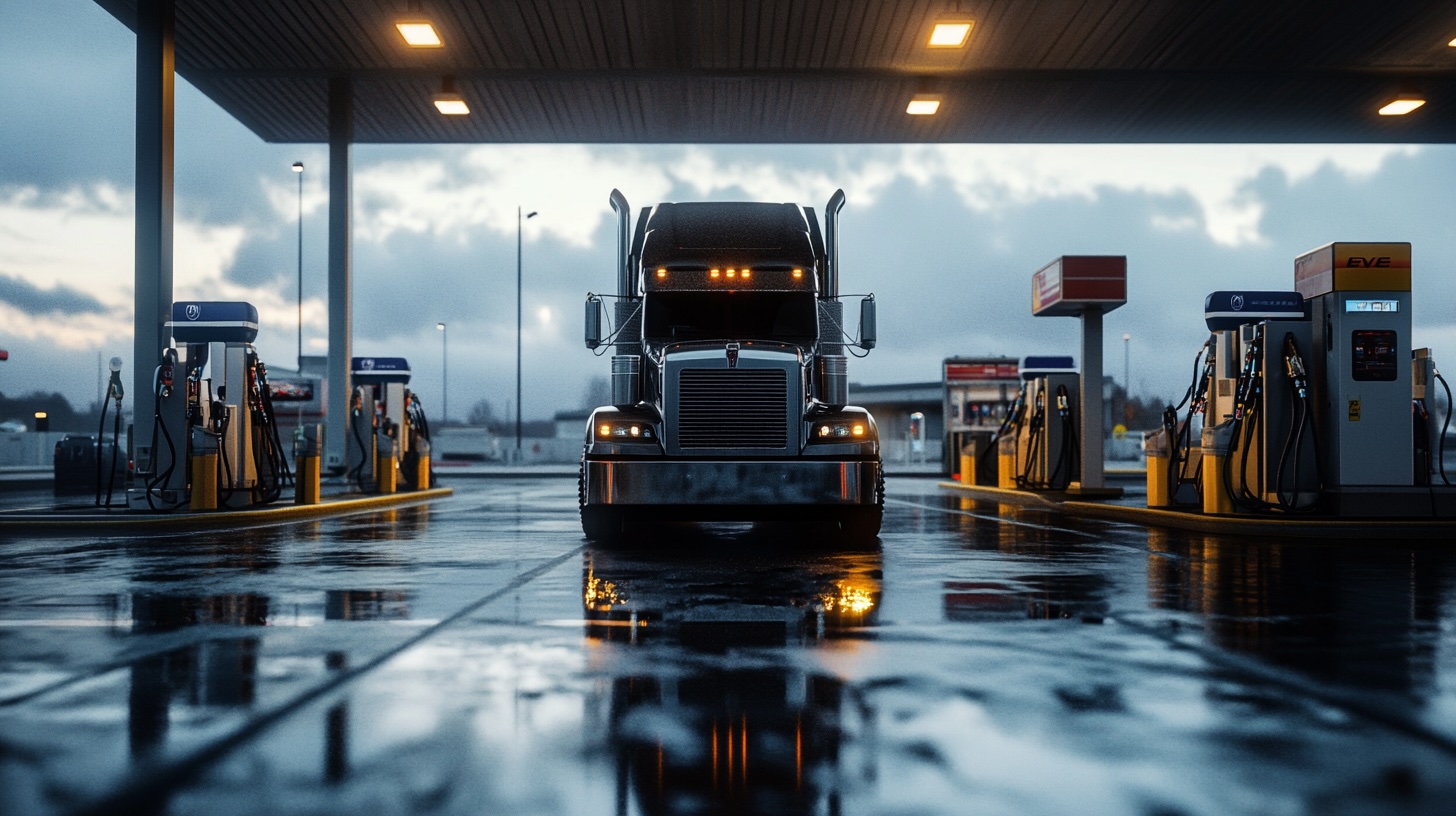For truck drivers and fleet operators, fuel is a top expense and a major factor in managing costs, accounting for about 25% of one’s cost of business. With every mile driven, the cost of diesel impacts both your bottom line and the rates you can offer customers. Cost of fuel has been even a bigger pain given historic low freight rates. As a result, many drivers, particularly owner-operators, have parked their tractors and are engaged in other industries until things normalize in the trucking sector.
With the recent election results, it is an opportune time to revisit and understand what affects diesel prices and the impact of the incoming administration’s policies will have on diesel prices. Specifically, one of the main factors at play is oil drilling, and here’s how an increase in drilling can help bring those fuel prices down.
Energy is vital for economic growth. When energy is expensive, economies slow down. When energy is cheap, economies grow rapidly. Before diving into the impact of drilling, let’s quickly review energy consumption in our country. In 2023, the United States consumed approximately 93.6 quadrillion British thermal units (BTW) of primary energy, which is equivalent to burning 681 billion gallons of diesel. This accounts for 16% of the global energy use. To give you perspective, the U.S. accounts for 4% of the global population, which means that on average we consume about 4 times more than people from other countries. There is a direct correlation between this and the fact that we are the largest global economy.
Petroleum accounts for 38% of the U.S. consumed energy, followed by natural gas (36%), and coal, nuclear and renewable energy, each at 9%, respectively. Therefore, in 2023, fossil fuel accounts for approximately 83% of the total energy consumed in the U.S.. The transportation industry consumed 30% of all energy in the U.S. during the same year (the electric sector accounted for 34%). Together the electric and transportation sectors account for ⅔ of the energy consumed in our country.
These statistics highlight the significant reliance on fossil fuels in the U.S. energy mix, therefore, when the cost of energy goes up, we all pay heavily for it. With the numbers out of the way, let us see how drilling will change the game in our industry.
The United States consumed approximately 93.6 quadrillion British thermal units (BTU) of primary energy...that is equivalent to 681 billion gallons of diesel.
Diesel is refined from crude oil, meaning that when oil supplies go up, diesel prices often follow a downward trend. Increased oil drilling means more crude oil being pumped and, in turn, more diesel produced. With a greater supply of diesel available, competition among suppliers tends to drive prices down. That means more miles per dollar for your fleet, driving down your overall cost of doing business. Also, given that many pay for fuel upfront and then get reimbursed upon delivering the load (assuming your factoring), this will leave more money in your pocket. And with more money in your pocket, you can expand your business or improve your lifestyle (or both).

Additionally, when more oil is produced domestically, there’s less dependence on foreign imports. International fuel markets can be unpredictable, influenced by global events and geopolitical tensions. Domestic drilling adds a layer of stability to the diesel supply, reducing price spikes caused by international factors. For fleet operators, this stability can mean fewer surprises at the pump and a more consistent budget for fuel expenses.
As oil drilling ramps up, refineries increase their capacity to process crude oil into diesel. This means there’s more diesel supply competing for your business, which helps keep prices lower. With greater refinery capacity, diesel prices are less likely to skyrocket when demand is high, like during peak shipping seasons. More diesel on the market translates to less pressure on your operating costs and lets you budget with greater confidence. This is critical if you are planning to grow your business, lease new equipment, or hire new drivers.

An increase in drilling often leads to better infrastructure investment across the industry, like pipelines and storage facilities. This investment helps make the entire fuel supply chain more stable, reducing the risk of disruptions that can lead to sudden price hikes. For truck drivers and fleet operators, this means fewer unpredictable costs and a more reliable fuel supply, whether you're running a single truck or a full fleet.
Increased oil drilling can ultimately mean lower diesel prices for truck drivers and fleet operators, putting more money back into your operations and making it easier to plan for fuel costs. This, in turn, creates opportunities for growth both from a personal and business finance viewpoint. By understanding these market trends, you can adjust your strategies to get the best value for your miles driven, helping you stay competitive and fuel-efficient in a challenging industry. Keep an eye on these shifts in the market—they just might save you a few cents per mile, which adds up to big savings over time. In the meantime, Greenlane’s mission is to help you amplify your money, but lowering your fuel and other on-the-road expenses so you can keep more of what you earn. If you haven’t already, download our app or drop us a note.
Article by Corey Katouli, Chief Product Officer @Greenlane.
Reach out to us at
suggestions@greenlane.ai for any comments or suggestions for future articles.